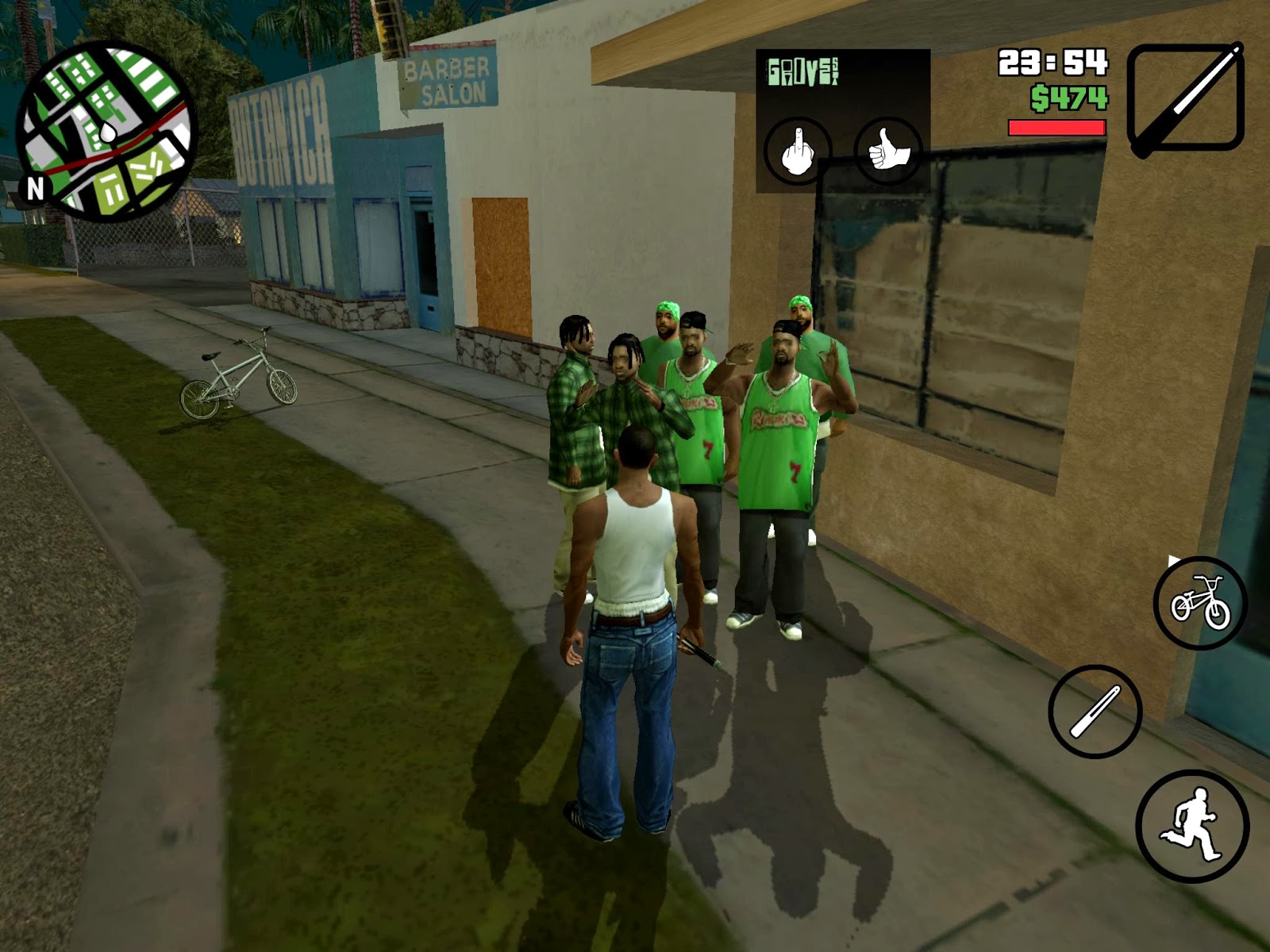Perjalanan Rasa yang Menggugah pada Tiga Saudari: Custard Beku Kolaborasi Kreatif Hokidana

Penggemar makanan penutup, bersiaplah dalam rangka mengalami pengalaman yang begitu tak terlupakan! 3 Sisters, yang dikenal sebagai raja dessert dingin, kini mempersembahkan kerja sama yang menarik dengan Hokidana, sebuah brand makanan global yang terkenal karena inovasi rasa. situs slot Perpaduan ini menghasilkan menghasilkan custard beku yang tidak hanya tidak hanya lezat, akan tetapi juga menyajikan rasa unik yang sulit untuk dilupakan.
Melalui bahan-bahan berkualitas tinggi, frozen custard produksi 3 Saudari memberikan tekstur yang halus dan rasa yang memanjakan. Ini adalah kesempatan sempurna untuk mencicipi es krim custard lokal yang menjadi favorit banyak pencinta dessert. Apakah Anda mencari lokasi makan makanan penutup yang enak agar bersantai bersama sahabat atau mewujudkan moment spesial, tempat ini adalah opsi yang tepat ideal serta pastinya, viral di kalangan pecinta kuliner!
Keunikan 3 Sisters Frozen Custard
3 Sisters Frozen Custard menawarkan sensasi rasa yang tiada duanya dalam alam dessert Indonesia. Dikenal sebagai raja puding beku, 3 Sisters menghadirkan kualitas dan keunikan dalam setiap sudu es krim custard yang disediakan. Dengan cara menggunakan bahan daerah serta fresh, setiap kreasi menyuguhkan rasa asli yang memanjakan lidah. Pelanggan dapat mengalami sensasi krim yang khas dari custard beku, menjadikannya opsi terbaik bagi pecinta dessert.
Kerjasama bersama Hokidana memberi nuansa baru pada 3 Sisters Frozen Custard, menyuguhkan cita rasa kreasi baru yang menggabungkan tradisi dan modernitas. Dua merek masakan ini bersatu mewujudkan variasi rasa yang bukan hanya unik, melainkan juga menyegarkan selera. Dari rasa klasik hingga rasa anyar, setiap kombinasi memberikan sensasi cita rasa yang belum pernah dibayangkan dulu. Hal ini menjadikan 3 Sisters Frozen Custard menjadi destinasi puding lezat yang wajib diperhatikan.
Dengan reputasi sebagai destinasi kuliner viral, 3 Sisters Frozen Custard sukses menarik banyak pengunjung. Dalam tiap momen, pelanggan tidak hanya mencicipi es krim custard produk lokal yang berkualitas, tetapi juga ikut partisipasi dalam tren kuliner global yang sedang naik daun. Meskipun adalah barang lokal, adanya 3 Sisters menunjukkan bahwasanya masakan Indonesia dapat berkompetisi di lintas negara dan menemukan primadona di tengah masyarakat pudi..
Kegiatan Bersama Khalifah bersama Hokidana
Dalam dunia kuliner, kolaborasi sering adalah waktu di dinanti. 3 Sisters berkolaborasi dengan Hokidana, menyajikan perjalanan baru di menikmati frozen custard. Gabungan menarik antara kemampuan 3 Sisters dalam membuat custard terfavorit dan cita rasa spesifik dari Hokidana memberikan kombinasi yang memikat nafsu. Setiap sudu dari frozen custard ini mengantar Anda ke perjalanan rasa yang unforgettable.
Hokidana, yang terkenal melalui inovasi kulinernya, sudah sukses menghadirkan nuansa kreatif di menu frozen custard 3 Sisters. Dengan memanfaatkan bahan-bahan daerah berkualitas premium, kerjasama ini tidak cuma menghadirkan es krim custard lokal yang nikmat, tetapi juga menghargai petani lokal juga pemasok lokal. Keberlanjutan serta kepedulian terhadap lingkungan merupakan prioritas bersama yang menyebabkan kerjasama ini semakin berharga.
Di sedang lomba dunia kuliner yang ketat, kerjasama antara 3 Sisters dengan Hokidana semakin menegaskan kedudukan mereka sebagai penguasa dessert dingin. Dengan penemuan serta cita rasa yang khas, tempat menu dessert nikmat ini menjadi viral di di dalam pecinta kuliner. Sebuah strategi yaitu inovatif untuk kedua brand kuliner global ini agar memperkenalkan kelezatan frozen custard yang tak cuma lezat, tetapi juga penuh kisah di balik setiap item yang mereka tawarkan.
Lokasi Makan Dessert yang Viral
Di alam kuliner modern, 3 Sisters Frozen Custard sudah menjadi salah satu lokasi makan pencuci mulut yang viral. Gabungan unik dari es krim custard lokal ini menarik perhatian banyak penggemar pencuci mulut. Dengan konsep yang fresh dan baru, 3 Sisters sukses menghadirkan pengalaman rasa yang tidak hanya menggugah selera, tetapi juga mengundang ketertarikan banyak orang agar mencicipi.
Kolaborasi dengan Hokidana menambah daya tarik tempat ini. Menyuguhkan cita rasa yang sudah dikenal, setiap partisipan di kolaborasi ini berhasil menciptakan kreasi custard beku yang berubah pemimpin pencuci mulut beku. Dari berbagai pilihan topping sampai rasa-rasa yang bervariasi, setiap sudu dari tempat ini menawarkan kepuasan tersendiri yang membuatnya pilihan utama pada berbagai platform media sosial.
Tidak heran apabila lokasi ini menjadi salah satu destinasi favorit untuk menikmati dessert lezat. Keunikan milik merk kuliner global ini, selain itu dengan pemasaran yang intens, menjadikan tempat ini menjadi tempat makan yang senantiasa padat pengunjung. Apabila kamu mencari ritual kuliner yang tak terlupakan, jangan lupa untuk menyicipi custard beku dari 3 Sisters dan nikmati sensasi kolaborasi kuliner yang mengesankan ini.










